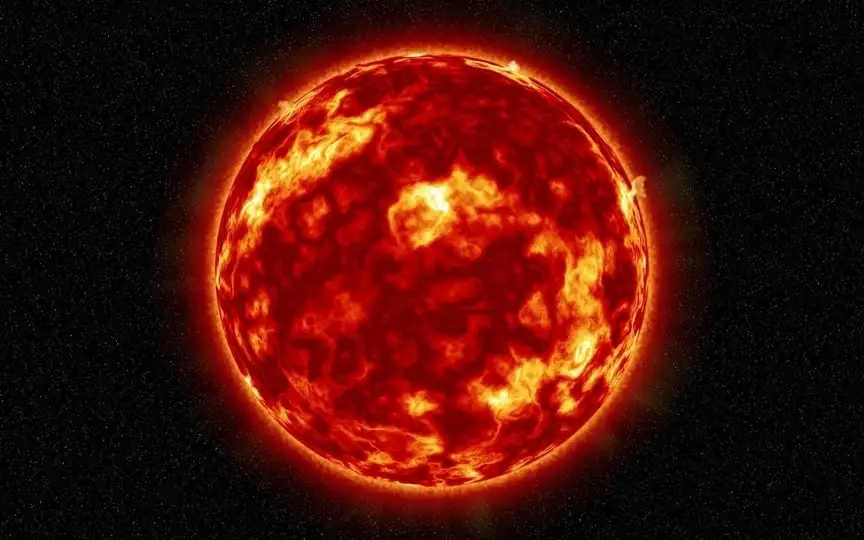Powerful Solar Storm to Strike Earth Today as Solar Winds Speed Up Ahead of Solar Eclipse
On October 13, it was announced that the Earth’s magnetosphere was experiencing the formation of a co-rotating interaction region (CIR) caused by the merging of slow and fast solar winds. The situation is predicted to deteriorate today as a result of new solar winds escaping from a worm-like coronal hole, leading to the initiation of a strong solar storm. This event is anticipated to happen shortly before the annular solar eclipse takes place in the early morning of October 14.
The data comes from two different sources. The first is SpaceWeather.com, which reports: “The solar wind stream is expected to reach Earth later today…Gaseous material flows ~500 km/s from a narrow hole in the sun’s atmosphere. Its arrival could spark geomagnetic disturbances and auroras around the Arctic Circle.
Tamitha Skov, also known as Space Weather Woman, highlighted the development. In his X-message, he predicted a 50 percent chance of a large storm today in the high latitudes and a 15 percent chance of a small storm in the mid-latitudes.
A solar storm strikes before a solar eclipse
Unlike a CME, this solar storm is triggered by the solar wind. But make no mistake, these “winds” are powerful plasma waves generated in the Sun’s corona. They contain both solar particles and strong magnetic fields.
These threatening solar winds strike Earth’s magnetosphere, causing tiny cracks in it through a process collectively called the Rotating Interaction Region (CIR), leaving our planet temporarily exposed to solar radiation. Solar winds penetrate Earth’s magnetosphere and cause terrifying solar storms without even the presence of a CME.
How NASA SDO collects its data
NASA SDO has a complete set of instruments to observe the sun and has been doing so since 2010. It uses three very important instruments to collect data on various solar activities. They include the Helioseismic and Magnetic Imager (HMI), which measures high-resolution longitudinal and vector magnetic fields across the entire visible solar disk, the Extreme Ultraviolet Variability Experiment (EVE), which measures the Sun’s extreme ultraviolet radiation, and the Atmospheric Imaging Assembly (AIA), which provides continuous full-disk observations of the solar chromosphere and the corona in seven extreme ultraviolet (EUV) channels.




